Are there differences in B2B sales strategies and tactics compared to B2C? Of course there are, but to understand more let’s take a look at a B2B marketing definition…
B2B describes a commercial arrangement between two respective bodies. There are variations such as B2G (business to Government) and of course, B2C (business to consumer).
A typical supply chain in B2B involved multiple business to business transactions, possibly involving raw materials, components, specialised manufacturing or finishing processes and/or expertise. As a B2B marketing consultant, our business coaching service and expertise are a good example of the latter.
But surely, sales is sales?
There are similarities, grey areas and crossovers between selling in a B2B market and B2C. Let’s take a look at the similarities followed by the differences…
Three simple areas where B2B and B2C sales are similar
1) To be successful, your marketing messages must align with your target market. What are their hopes, dreams, aspirations, desires, needs and wants that must be met? Alternatively, what are their problems, pain, fears, disappointments that you can help them resolve?
2) Professional selling in any market requires a sales process. Without one, you are at the mercy of a prospects buying process and these are unreliable and unstable. Without a sales process the outcome of the sale is weighted towards a bad result.
3) Both require excellent customer service as it’s part of the sales process, although generally this becomes important after the sales. This may include delivery of the products/services and customer care.
This is where B2B and B2C sales differ.
1) In Sales, we are generally taught that people buy on emotion and justify with logic. Triggering emotional drivers for B2C are critical to the sale. Why? The important differentiator here is that B2C customers buy what they want or need. Impulse purchase are frequent depending on the disposable income of the individual.
The majority of business purchases are based on need. Occasionally there are purchases based on want but these tend to be for items that are not critical to the day-to-day operations.
2) Experience. To generalise yet again, sales training for a B2C business will differ from sales training for B2B. As a business owner or manager, would you ask your latest recruit to attend and present at an important meeting with the Chairman of a prospect? I doubt it, unless they were accompanied by more experienced members of the sales team.
Experience, product knowledge and a good personality are key factors in B2B sales, but not always the case in B2C sales. Retail businesses employ more part-time sales staff who would be out of their depth in the boardroom.
3) Price point or volume. It’s been suggested that on average, the price point for B2C sales is lower than B2B. I subscribe to this although it’s easy to argue the other way and find examples, such as the purchase of a car.
Overall, B2C sales rely on disposable income of the individual or ability to obtain finance, coupled with their immediate wants and needs.
The biggest differentiator for me may be volume of goods purchased in the year or frequency of repeat orders. This is true for a supplier-manufacturer or supplier-wholesaler/retailer situation whereby stocks are replenished frequently.
This leads me to my final point…
4) One off versus relationship. On average the B2C sale is a one off transaction or shall we re-phrase to unfamiliar transaction. A customer may return many times to a shop but this does not mean the business will engage and develop the relationship.
In business, building relationships is critical. People buy from people. The development and continuation of this relationship may be the key reason why the two respective businesses continue to trade.
What actions can I take to improve sales in my B2B business?
In future articles you’ll discover specific B2B strategies and tactics to continue building your B2B business. Let’s summarise the key actions from this article that specifically help you re-think and re-shape your business. To add more power, I suggest you complete this with your team but ask them to do the exercise individually before discussing each point as a team. You may be astounded with the results!
1. Write down as many reasons and ways why your target market needs your product or services. What problems do you solve, what benefit do you provide, what advantage do you bring your prospect, specify why a prospect should choose your business rather than a competitor?
This information should unearth one or possibly many insights. Perhaps you are listing reasons you have failed to raise on previous marketing campaigns or sales meetings. There is always a lesson or two to be learned in this action alone.
2. Devise a pricing, incentive, or bonus system whereby prospects or customers implement a long term buying program and write it into an agreement. This shuts out your competition and creates barriers for competitors to overcome and steal your customer.
3. Create new opportunities, methods or reasons to keep in touch with a customer more often. What can you do to ensure there is one or a series of memorable events in a week/month/year that builds your relationship?
Understanding Strategies Versus Tactics
Are you confused about the difference between strategy and tactics? Let’s provide a simple example from action point three above.
The strategy is to condition your prospect or customer into purchasing your products or services more frequently which will be advantageous to them. What makes this a strategy is that you are saying what your intention is but not how you will do it. There is one or more reasons behind the “what” which benefits your business. The power in this strategy is that the benefit to your business is secondary as the focus is centered on your prospect or customer and what they receive. This is a critical distinction.
The tactics are the actions taken and/or tools used to implement the strategy. E.g. one tactic could be to commence an email and follow-up program that has never been done before. You may design a series of customer experiences trying to provide the WOW factor. Every business is different and you will find new ideas.
From each new idea (tactic), there will be a series of actionable steps. Good leadership will empower your team to create an action plan with roles and responsibilities so each there is buy-in and ownership of this from the team.
In future articles I will be introducing my strategic and tactical implementation method that formalises this key development in your business and provides a stacking effect to continually up your game.
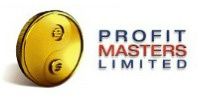
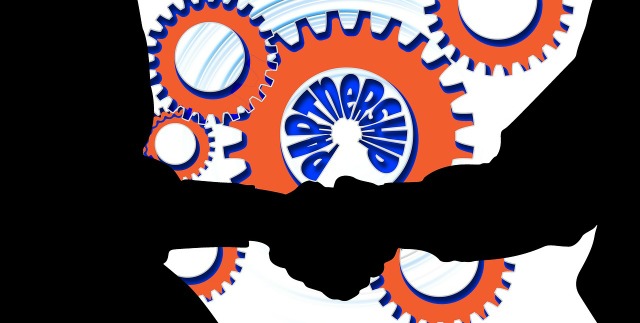
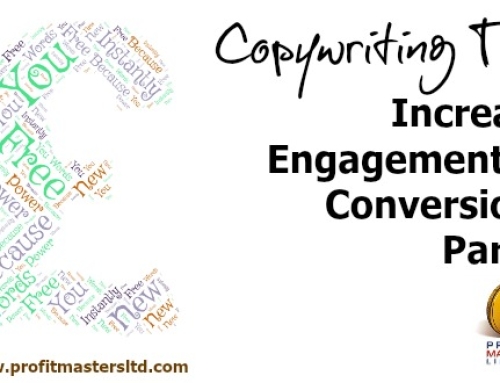
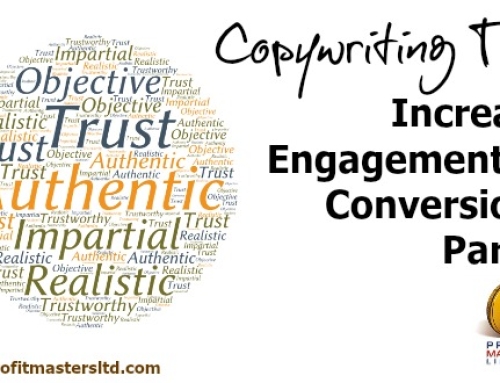
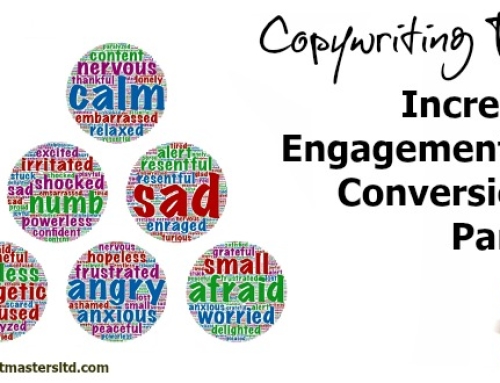
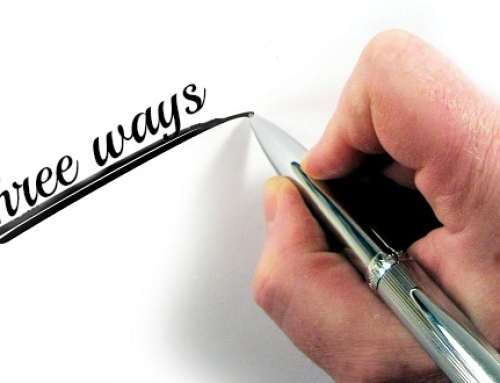
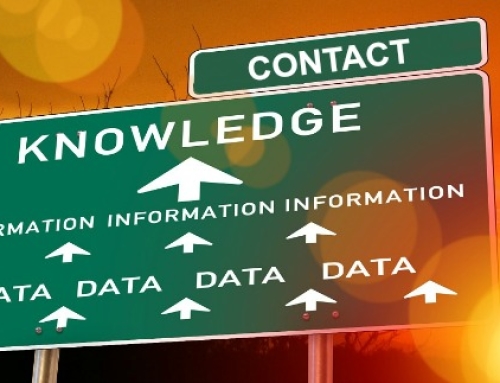
Leave A Comment
You must be logged in to post a comment.